Wingfoil start: These are the most common mistakes when learning to wingsurf
Manuel Vogel
· 01.03.2024

Mistake 1: Missing pre-exercise
"Wingsurfing is easy" - we would subscribe to this statement. But only if you approach it systematically. If you have previous experience in other water sports such as surfing, windsurfing or kitesurfing, you are naturally ideally placed to learn wingsurfing quickly. Newcomers with skills from windsurfing, SUP or kitefoiling can learn even faster. But whether you're new to water sports or have previous experience, it makes sense to take some time to get to know your wing before your first wingsurfing session.
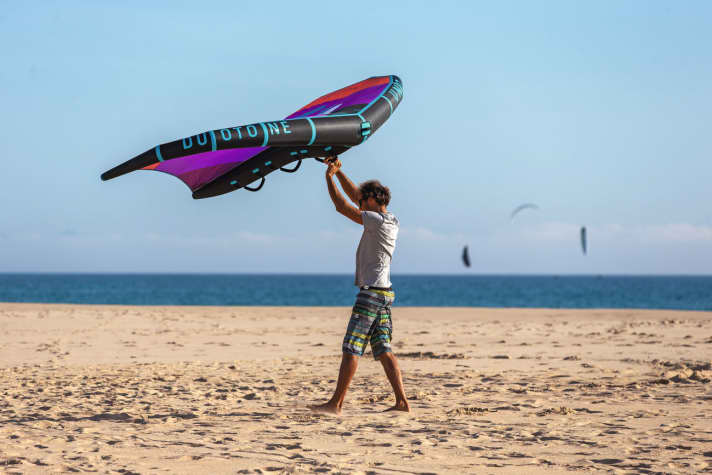
This will familiarise you with how the wing works and give you a feel for the power it develops. So instead of immediately rushing out onto the water and paying a lesson, take some time to familiarise yourself with the wing. Preliminary exercises.
Mistake 2: Unsuitable spots - a classic mistake when learning to wingsurf
Spots with smooth water are ideal for learning to wingsurf! If choppy waves keep getting in the way during the first few attempts, it will be difficult to get up.
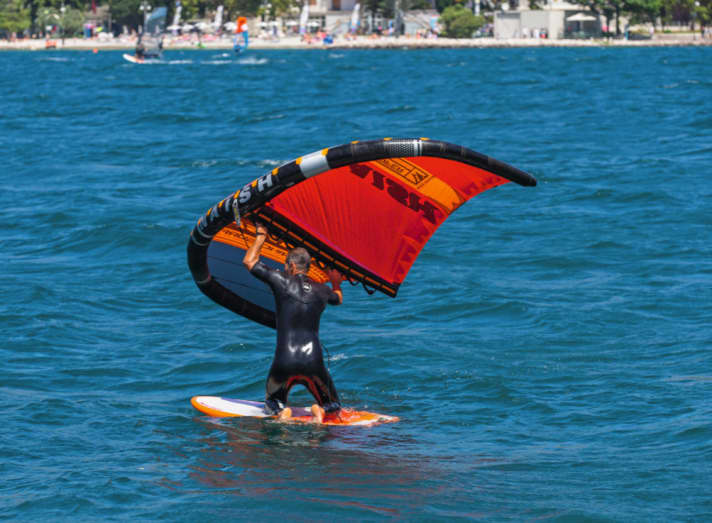
Onshore conditions are often not ideal, as you can quickly land on the shore again and damage the foil in the shallow water. Spots with full offshore winds are also less suitable: firstly, because you often can't judge the wind force properly further out and secondly, because the risk of drifting is naturally high. On balance, spots with sideshore or sideonshore winds, wind forces between eight and 15 knots and reasonably smooth water are best.
Error 3: Lack of security
Whether windfoiling, kitefoiling or wingfoiling - the sharp foil offers a not inconsiderable risk of injury, regardless of the level at which you practise these sports.
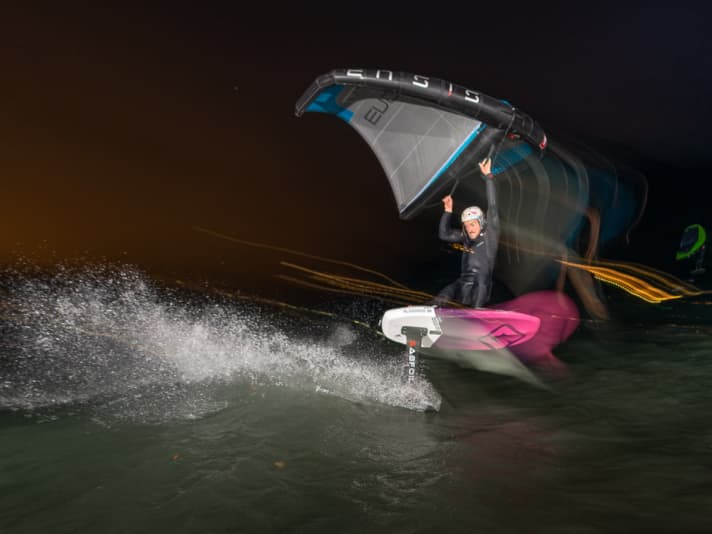
A helmet is the easiest way to avoid more serious injuries - unfortunately, many newcomers do without one. Suitable water sports helmets are available from many manufacturers for as little as 35 euros.
Error 4: Incorrect material handling
It is not uncommon for the first wing session to end before it has begun. The reason: the thin canopy material of the wing and the sharp foil are not the best of friends.
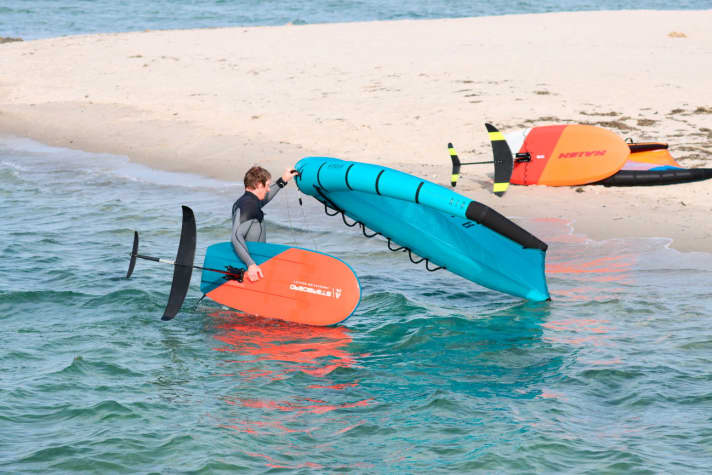
One careless moment, one wrong move and the foil is stuck in the wing and instead of having fun on the water, you have to go to the nearest sailmaker. As a general rule when carrying the material on land and in the water: the wing is always on the leeward side facing away from the wind, the board with the foil on the windward side. This way, the foil and wing do not get in each other's way.
Mistake 5: Boards too small
"Small is king" - this still seems to be the opinion of (too) many newcomers to water sports. Surfing beginners paddle around the line-up on mini shortboards and don't get a single wave, windsurfing and kitesurfing beginners fall off their boards every time they jibe and wingsurfing novices drift all over the bay with no prospect of making progress.
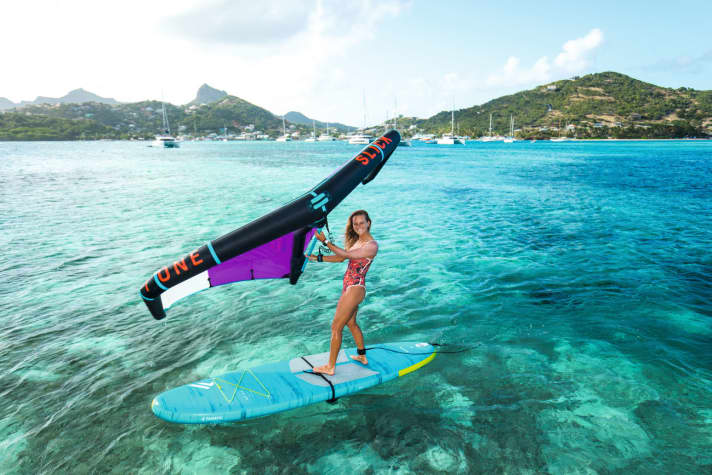
So our tip: start on a big board! If you have no previous foil experience, you should start on a windsurfing longboard or SUP in light winds and practise until you have mastered the wing. Only then should you switch to a smaller wingboard. If you already have experience with kitesurfing or windfoiling, you can also start on a medium-sized wingboard, but the board should always have 30 to 40 litres more volume than your body weight to start with.
Conclusion:
If you avoid the five most common mistakes mentioned above, you will learn to wingsurf quickly. It is advisable to take a course at a wingsurfing school, where you will be given the right equipment, do the appropriate preliminary exercises and always receive the complete safety package. You can find an overview of over 100 wingsurfing schools in Germany and abroad here.

